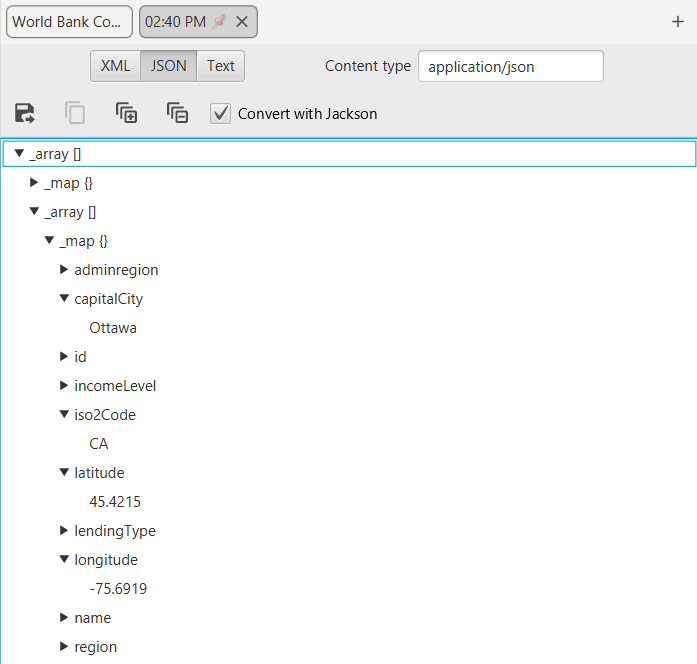No-code means power for end-users
No-code represents the future
What is no-code?
The term no-code represents a philosophy of software design. It's goal is to empower non-technical users to create their own applications and automations. Put another way, it means giving power usually reserved for software developers to everyone else.
There are lots of tools emerging that follow this trend. They range from simple web forms to enterprise-level platforms. What they have in common is a visual user interface that shields the user from working with raw software syntax (e.g., XML, Java, XPath, SQL).
This trend is likely to continue as user expectations rise. Over time this will likely evolve from visual user interface to voice, as our collective vocabulary in this area improves.
How much of Tag is no-code?
Tag is built around a set of apps. Each app has its own purpose, and a user interface unique to that. The no-code philosophy is infused into all the apps and, where possible, the same no-code tools are used in multiple places.
The Connect app lets you call web APIs. Its no-code form handles HTTP syntax for you, which is normally a software programmer's job.
The Automate app creates pipelines and other files that automate tasks. Where possible, no-code options are provided and more will be added over time.
The Scribe app handles multi-file rich text content generation and contains many no-code tools. A central design goal was to shield the user nearly 100% from raw XML or XPath syntax, even though very sophisticated automation outcomes are possible.
The use of common no-code tools in apps makes it easy to transfer skills from one app to another. In particular, the use of expressions and result viewers described below have multiple touch points within Tag.
Expression Editor
The expression editor dialog is used in many places, including content generation and task pipeline instructions. For example, both of these technologies have instructions for if, choose/when and for-each and expressions are used in a similar way.
The expression editor has four panels: Quick values displays common expressions in a tree; Basic helps create true/false conditions; Advanced uses touch menus to construct complex expressions including brackets and functions; and, Raw syntax lets you edit the underlying XPath syntax when necessary.
Results viewer
The Connect and Automate apps both return results. Connect usually returns the JSON results of a web API call, while Automate pipelines can return XML, JSON or plain text.
A results viewer panel is used in these cases to display results in the native format and others if possible. You can view the raw syntax in the Text panel, or use a no-code tree view of XML or JSON content.
Clicking between the XML or JSON panels automatically converts from one content type to the other (if possible). There are two different ways to convert JSON to/from XML, however some limitations apply.
Is voice activation possible?
As mentioned earlier, over time no-code tools will likely shift, at least in part, from visual user interface to voice. In fact, Amazon Echo and other voice assistants are already providing no-code functionality for setting timers, building play lists and many other tasks.
Using voice to control everything that Tag does is not yet practical. However, there is a step along the way that is possible. Using pre-defined terms, you could trigger different pipelines to run by name. For example, saying "apples bag" vs. "apples crate" could be enough to generate appropriate (bag or crate) shipping documents. Using a service like Echo to send URL requests by voice command is possible, so this is actually quite doable. Please contact us if you would like more information about how this might work.




